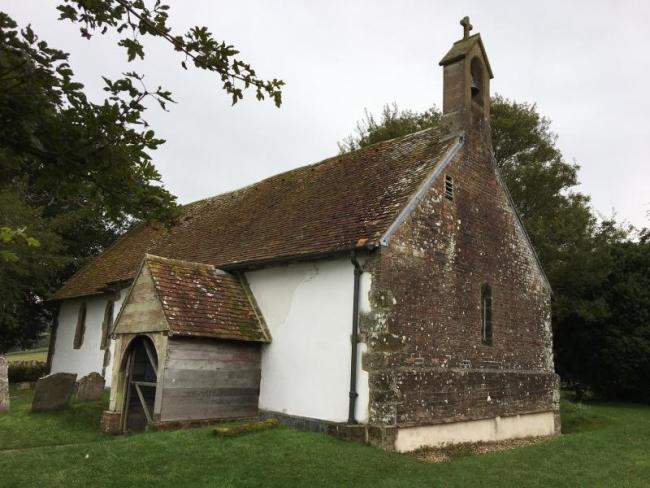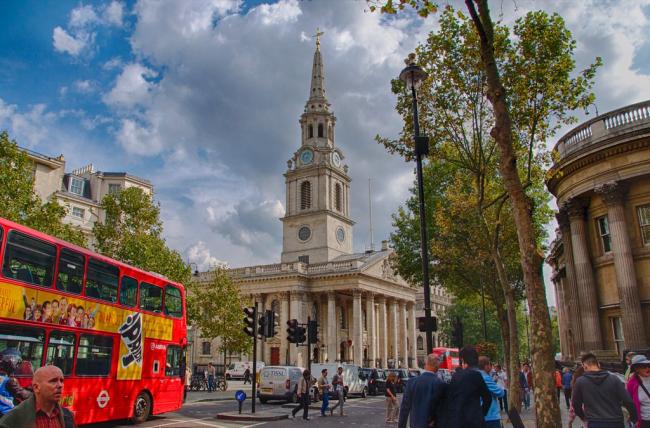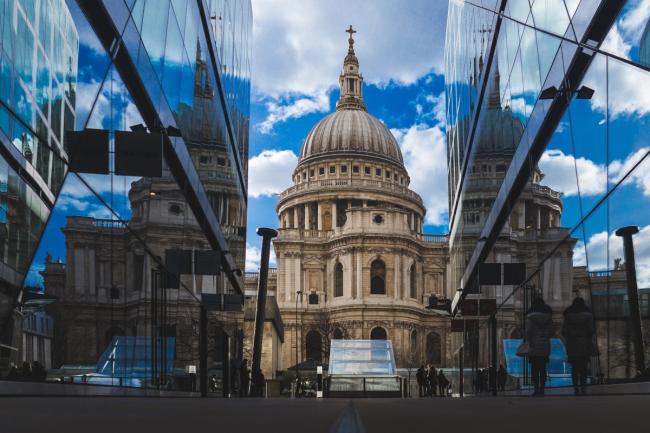Simon's legacy pledge
Churches contain a wealth of historical information about the local communities they serve. Not only are they often architectural jewels, but through their graveyards, memorials, paintings, and stained glass, you can discover so much fascinating detail about the people and the place that the church has served, often for centuries.
I am a practising Christian and as such I regularly attend church services, both here in West London where I live, and also when travelling around the country.
St Andrew's church, Didling on the South Downs in West Sussex is a church that is very dear to me, Originally a shepherds' church it has stood since Saxon times and has oak pews going back to the 15th century. It is part of the benefice where my wife and I were married and we still return to enjoy its ancient simplicity and silence.

I have taken delight in the many Romanesque churches encountered when walking ancient pilgrim routes across Europe to Santiago de Compostella. But I also delight in James Gibbs’ masterpiece of St Martin-in-the-Fields, London, where I was a lay reader and worshipped for many years, before shifting to my local church, St Michael’s, Elmwood Road, Chiswick.
From a lay point of view, I see churches as being available to anyone; each is after all a separate charity. Very often these are the oldest buildings in the community, certainly the only building in the community that is free and open (apart perhaps from the local library if there is one).

Particularly in these times of worry, uncertainty and change, churches are powerful symbols of the endurance of faith, hope and love.
The buildings themselves will have seen, been through and survived all kinds of social, financial, and natural disasters. And despite all these setbacks and difficulties, people will have continued to turn to the church buildings over the centuries as places where, in good times as in bad, they can give expression to the faith hope and love that their belief in Christ enables them to have.
I was reflecting on this as I took a guided walk round the City of London the other day. The magnificent, wonderfully constructed skyscrapers seem to dominate, but amongst them you can still find numerous Wren churches, built some 350 years ago. I wonder: will these modern skyscrapers have the same staying power as these beautiful churches?

So, I truly believe churches are worth protecting. I have been a member of the National Churches Trust for many years (since it was the Historic Churches Preservation Trust). I support my local churches as they are dear to me, but I also want to play my part in ensuring churches across the UK get the financial support they need to continue their good work.
This charity is uniquely well placed to continue the vital work of keeping the country’s Christian heritage in good order and in helping churches to transform and adapt themselves to better suit the needs of their community.
The National Churches Trust is the only charity that covers the whole of the UK and across denominations. With the resources it has, it punches well above its weight; the catalytic effect on the morale of those heroic volunteers seeking to preserve or modify their precious local church of receipt of a grant from the Trust can be immense. Not only that, but receipt of a grant from the Trust gives confidence to other grant-making bodies that the project in question is worthy of support.
A Legacy is by far the most cost-effective means by which a charity can raise funds, and so should commend itself to a would-be donor. Not only that but it is very easy to leave a pledge to the Trust and it doesn’t entail giving away income whilst alive. My family understand that The National Churches Trust is an extremely good cause to leave a capital sum to and that my legacy can and will make a material difference to others in the future.
